by Ben Zackheim | Jul 29, 2012 | Shirley Link & The Safe Case, Top Menu |
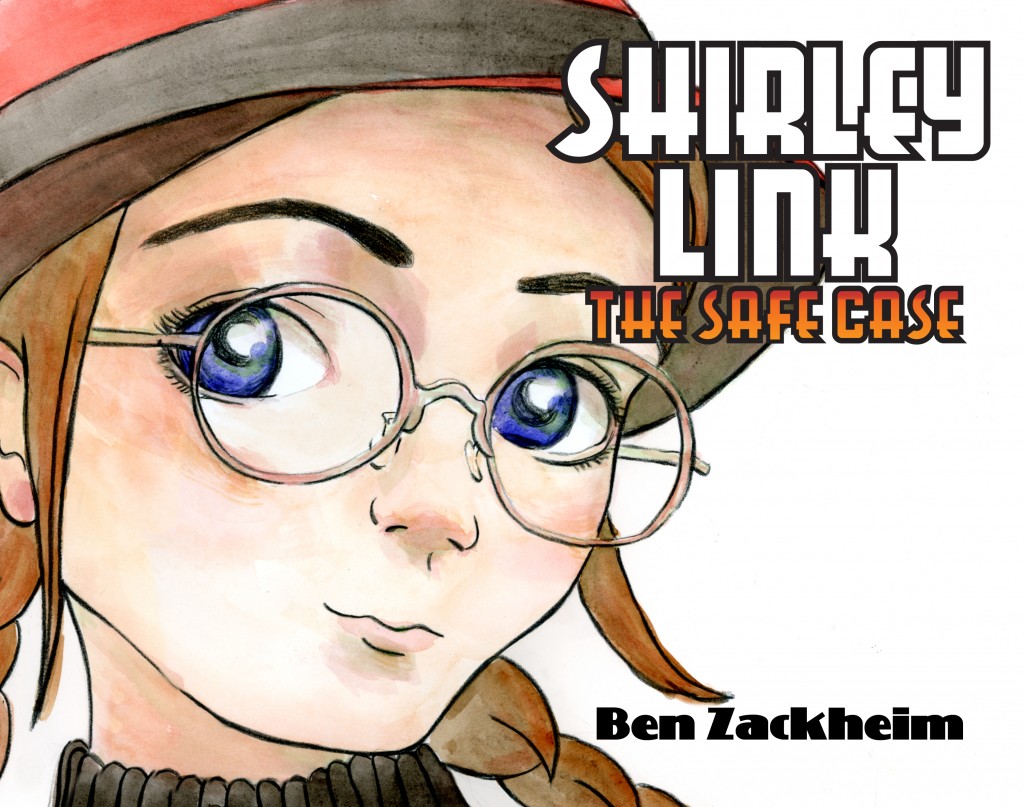
Well that didn’t go as planned.
After months of preparation for the launch of my new chapter book series, Shirley Lock, I released it to the world on the 3rd of July, 2012. A big day!
I’d put off writing professionally for decades, in my quest to make a lot of money doing boring work. The pent-up desire to tell stories was reaching critical mass. So, as I pressed the “publish” button on CreateSpace and Amazon KDP, it felt like losing 450 pounds in a split second.
I always knew that it would be tough to put my neck out there with a book. It’s hard for every writer and artist to release their work into the big, bad world. I was nervous. But I was ready!
Or was I?
One hour into promoting my newly released book, I got two messages on Facebook from “Friends”. The messages were posted on one of my promotional posts announcing Shirley Lock & The Safe Case.
One comment read, “What the HELL…”
The other comment read “Do you have something you want to tell us?”
Since my wife knew them better than I did, I asked her if she had any idea why these two were posting such cryptic messages on the first promotional post for my book. She said she was chatting with one of them on her computer.
He was claiming we stole his idea.
(more…)
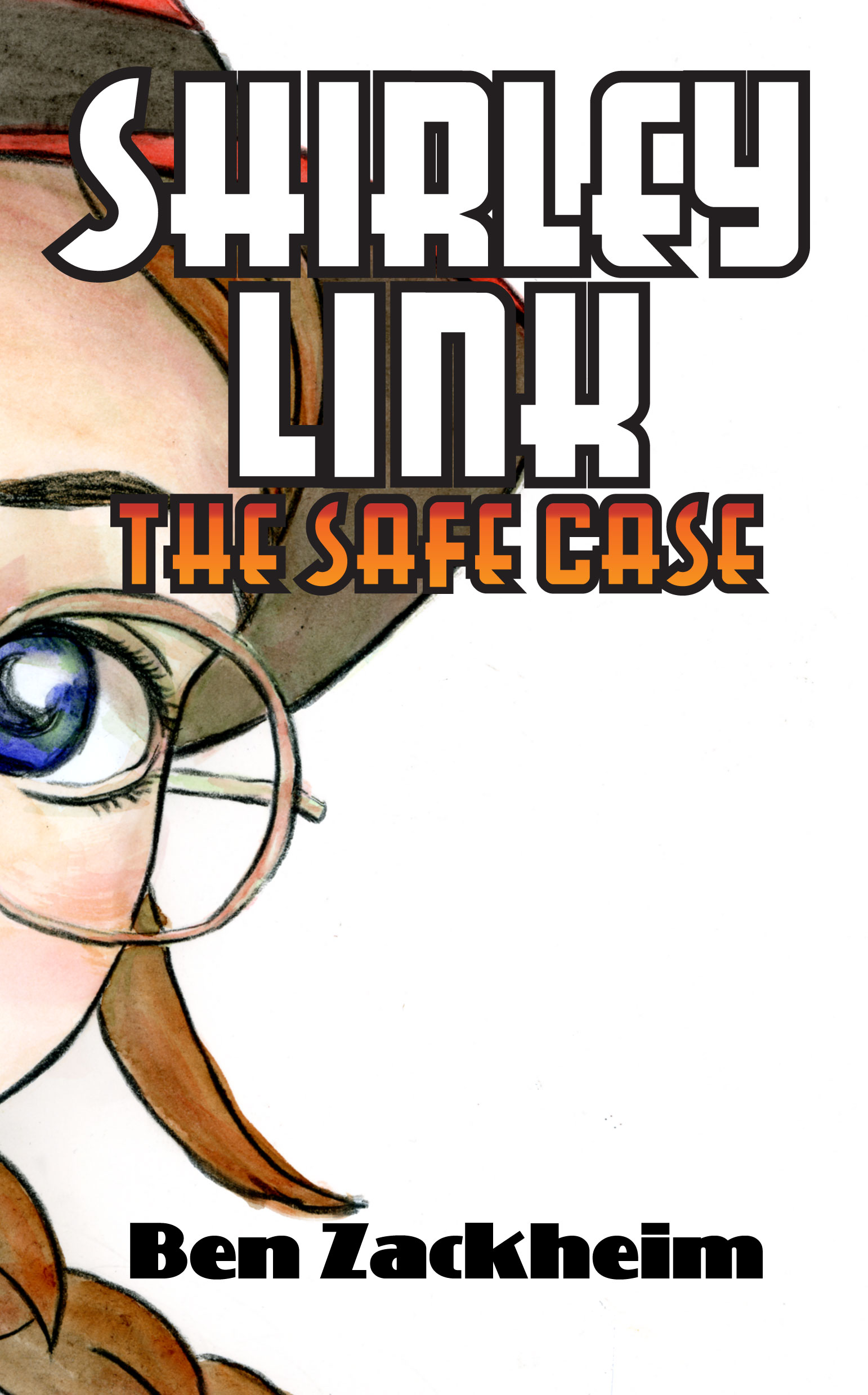
by Ben Zackheim | Jul 1, 2012 | Shirley Link & The Safe Case, Top Menu |
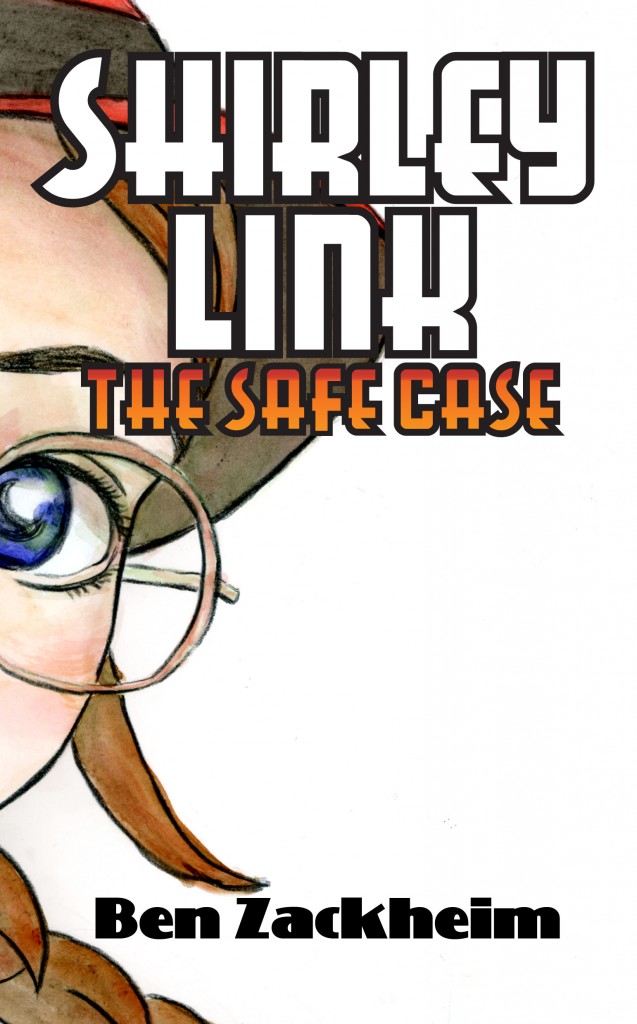
The following is an excerpt from my new book, Shirley Link & The Safe Case, now available for sale here! Enjoy, and please review on Amazon, if at all possible.
On our first day back from vacation Mr. Brown asked the 8th grade English class to write a report called What I Did This Summer. The title may be elementary, but for good reason.
“I don’t want to hear that the assignment is unclear from any of you,” he said. Mr. Brown knows us well.
I thought I knew him well, too. I took a chance. I wrote an accurate account of my terrifying summer.
He gave me a D.
“It’s not a creative writing assignment. You were supposed to write about what actually happened, Shirley.”
“I did,” I say, louder than I mean to. I’m tapping my pencil on his desk. It’s a nervous tick I have.
“No. You gave me a gripping account of that stolen painting fiasco at the museum that I read about in the paper.”
“Yeah, I spent a whole week solving the case,” I say. “ I mean, I knew it was the curator’s wife within minutes but I needed proof.” He thinks I’m kidding.
“Be grateful you got a D. I didn’t give you an F because it was well-written. Next time, check the attitude at the door and do the assignment. That’ll be all, Shirley.”
This is how it is to be Shirley Link, the best detective in the world, if I do say so myself. I can spot a lie like most people spot a zit. I see connections where they hide best. And I get in trouble every time I try to tell people what I do with my free time. Only a handful know about my talent. I usually prefer to keep it that way. But when I trust someone, well, I just feel like telling them the truth. Is that wrong? I guess Mr. Brown has provided the answer to that mystery.
I’ve always had an eye for what evades us. My mom likes to tell the story about how the family got lost in one of those haybale mazes that Mr. Jones builds on his farm every Fall. Unfortunately, a twister suddenly whipped up that day. We could hear it beating hard on the corn crop nearby. It made sense to me that if we hugged a wall, headed right and traced one path then we’d find the exit. Mom caught the whole thing on her video camera by accident. It was dangling from her wrist so you can’t see much of what’s going on, but you catch glimpses of me walking with a big smile on my face even as the tornado came down on us. You see Dad scoop me up and run for the shelter when we escaped. Mom posted the clip to YouTube. It got two million views last I checked. Search for “3 Year Old Saves Her Family From Twister!”
So, the good thing is that I can always help Dad find the TV remote. The bad thing is I have to pretend to be someone else to fit in.
I don’t blame Mr. Brown, though. It’s my fault. I should have known better than to tell the truth about my life in a class paper.
(more…)

by Ben Zackheim | May 16, 2012 | The Camelot Kids, Writing |
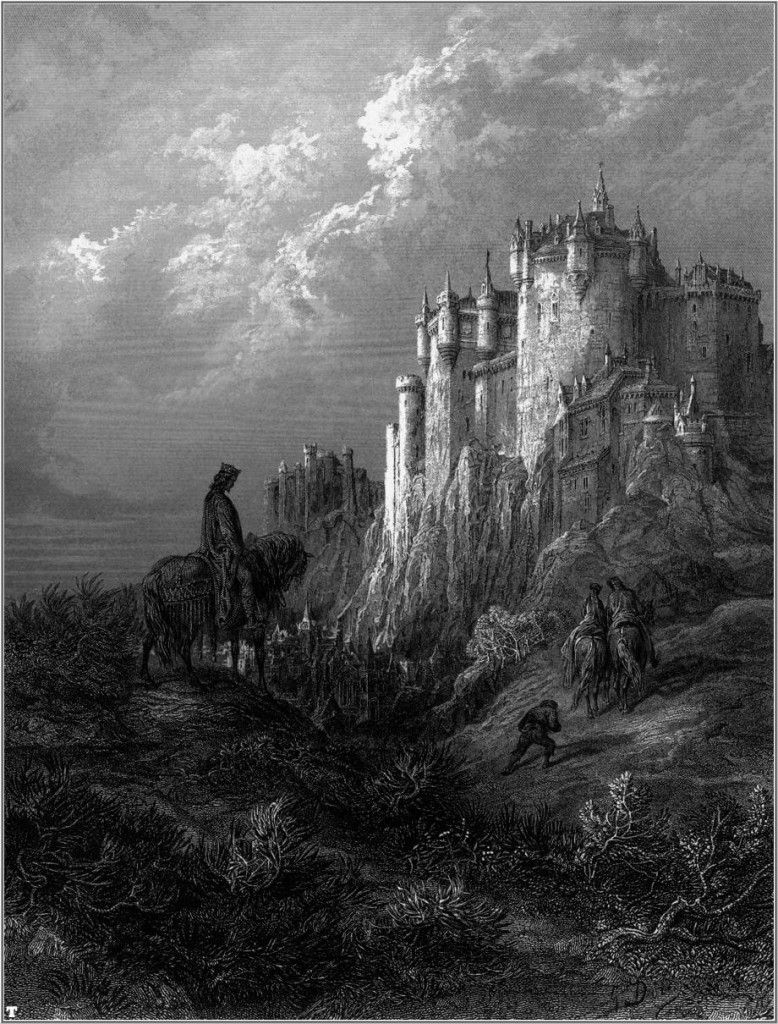
The world sucked for a kid growing up in 70s and 80s America. And it was hard to ignore the suckage, which ranged from the Iran Hostage Crisis to Iran Contra to Max Headroom.
Luckily, fantasy worlds were pumped up on steroids and better than ever! Star Wars, comics, and any Atari game or Tor book were crucial to my sanity. Taking a look around at what popular culture has become today, it’s clear that several million others felt the same way.
Back then, I read comics and books that swept me away from wherever I was because wherever I was sucked. With Star Wars or Superman I could escape into a place that had nothing in common with my farty classroom, or the stale mall, or my quiet bedroom. To me, there was no magic here. There was only magic there.
This is one of the reasons why I hated stories where kids from our world stepped into another one. To me, even one child from our reality stepping into a fantastic world would be like a cancer on the story, sucking our insecurities about “otherness” out of us like pus from a wound. Narnia, Wizard of Oz, Alice in Wonderland…they were so quaint with their talking animals and a spritzy, cute sheen. And worst of all, the kids always wanted to go home. Losers. The people in these stories were shallow to me. Their bonds to other characters were like a person to a pet — strong but inhuman. All the “heroes” had one foot out the door, willing to risk everything to see mommy again.
My hatred of the “Looking Glass” type of story was vindicated (in my petty, angry, teenage mind) when the He-Man and the Masters of the Universe movie came out in 1987. Starring Dolph Lundgren and Courtney Cox — need I say more? In the movie, He-Man is trapped in our universe in an adventure to sap the magic out of our world for decades. No, that wasn’t the plot. That’s what the movie actually did. It made your standard TV movie of the week look like The Godfather. To me, this movie was proof that no one knew how to take a normal kid, place him in a another world and tell a good story.
I balanced myself on that told-you-so soapbox for years. It was an argument I had with my film geek college friends in NYU Tisch School. I watched as Hollywood botched fantasy film after fantasy film with nary a lesson learned.
Then Harry Potter came along.
It took Harry Potter to show me that our world and a fantasy world could mix, and be fantastic. The thing about Harry Potter that changed the dynamic for me was emotion. The best fantasy starts with our sense of love, jealousy, revenge, ambition and then places it in a fairy tale. What had been missing for years (for me) was a story that took place in our world but treated us as magic. What author would be daring enough to shed the sarcasm, the cynicism of our times and insist that adventure is right under our noses? Who would find a fantastic way to tell a human story where a school, not a parent, is the ultimate shield from harm? Who would acknowledge our deep desire to be swept into another world and never see this one again? It turned out to be JK Rowling. Brava!
In my previous post, I said the lore of King Arthur is stale. The humanity has been leeched out by centuries of interpretation. Characters have become cardboard caricatures. Camelot has become Disneyland. Chivalry has become trite. In many ways the second most recognizable fairy tale in the western world suffers the same lack of depth that I despise in the other fantasy tales I mentioned before.
This is what I thought. Past tense. Until…
(and this is where my desire to write about Merlin and his pawns sat up from its death bed like the Frankenstein monster)
…until you consider the famous characters as normal people trying to make the world a better place, but stumbling on their weaknesses.
That would be cool.
And make them modern people, who we can identify with.
But don’t lose the history. Never lose the history. Make a sequel, not an adaptation.
Next, I’ll consider what it is, exactly, about King Arthur and his gang that’s kept him around for over 1000 years. And what it could mean for the world if King Arthur’s cause was our own.
Go to part 3: How to write about King Arthur, Camelot, Excalibur and Merlin. Feel chivalrous.
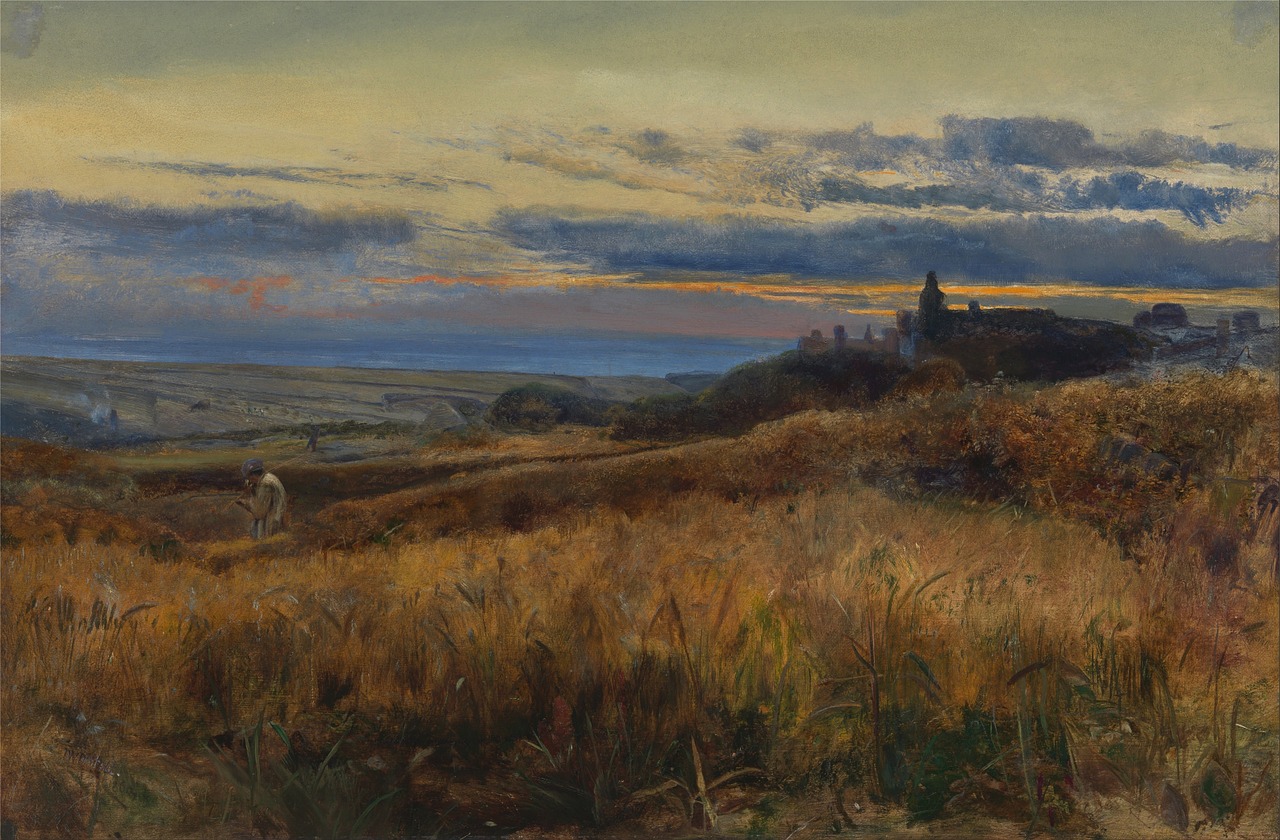
by Ben Zackheim | May 3, 2012 | The Camelot Kids, Writing |
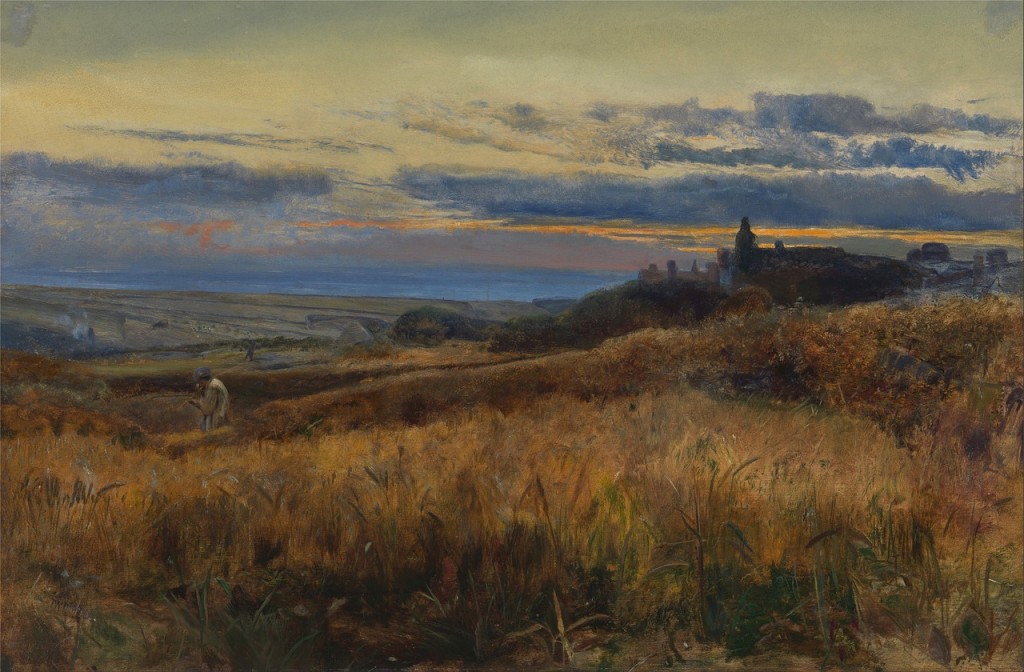
When I first had the idea for The Camelot Kids, my upcoming book, it was about a summer camp run by Merlin. Cool idea, maybe, but too similar to some stories I was reading at the time. I abandoned the project before it got started.
But my brain snagged on the Camelot myth. Knights, dragons, wizards, adventure, love, betrayal; this is the stuff we scarf up like Reese’s Peanut Butter Cups these days. And it’s attributable, or at least natural, to King Arthur in one way or another. Camelot and King Arthur are the vehicle in which fantasy has been carried through time, to our time.
If you ask people to tell the story of Camelot, well, that could mean a bunch of things.
The quest for the Holy Grail!
The forbidden, dangerous love affair between Queen Guinivere and the knight Lancelot!
Arthur pulling the sword from the stone!
Whichever tale you associate with the Camelot myth, it’s in your noggin somewhere, and it’s a good bet that your impression is somewhere between “meh” and “it’s a little dated, isn’t it?”
Isn’t that odd? One of the oldest fantasies to survive the ages, actually leaves many fantasy fans cold!
As I dug into the story I found something even odder. Camelot felt like a cardboard cutout of fantasy. It felt like a silly 50s Disney film with pointy towers and pointy flags and fair ladies with pointy hats. Everyone wore white or gleaming armor in my mind’s eye. Fair maidens batted their eyelashes. And knights? They jousted, or something. Blech. Maybe Camelot wasn’t for me after all.
In the end, after suffering through many brainstorming sessions, I figured out how Camelot would be relevant to me again. It wasn’t easy. In fact, it took Alice in Wonderland, Narnia, Harry Potter and, most importantly, the horrible 80s film, He-Man and the Masters of the Universe to give me my eureka moment.
I’ll explain in my next post. Part two is How to write about King Arthur, Camelot, Excalibur and Merlin. Make it count.
by Ben Zackheim | Mar 12, 2012 | Opine |
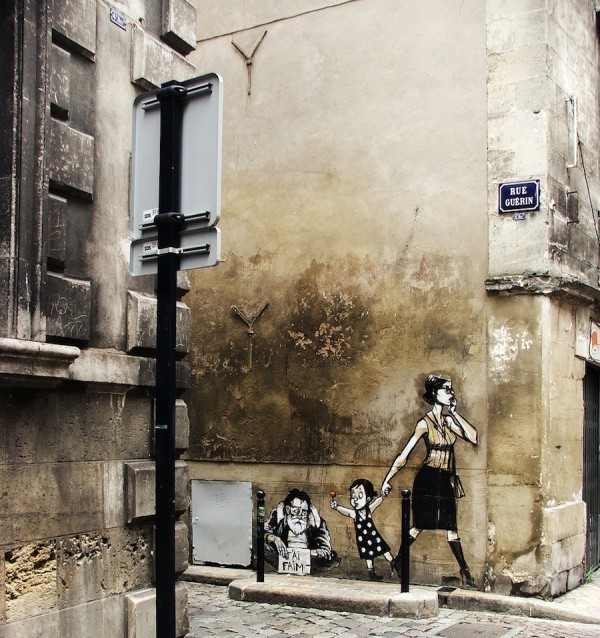
Street art for the rest of us
What is it about economic hard times that brings out the street artists in us? As the industrialized world grapples with low wages and few jobs, the number of sidewalk artists that have blown me away has grown. My uncle, Henry Chalfant, documented the youth of New York in the 1980s. His film, Style Wars, shows how pertinent this kind of work is. An argument can be made that the art these kids do is more “important” than any art you see in a gallery. It’s arguable, but the argument becomes easier the more street art you see. Especially these days.
Here are some magnificent examples. The Calvin and Hobbes bit in the first link tore a tiny hole in my heart…
Street art inspiration
Alicè








